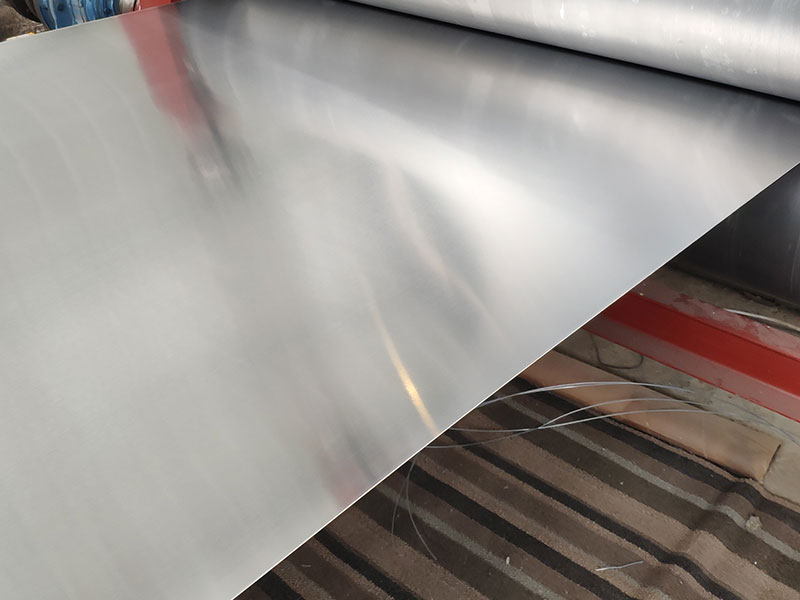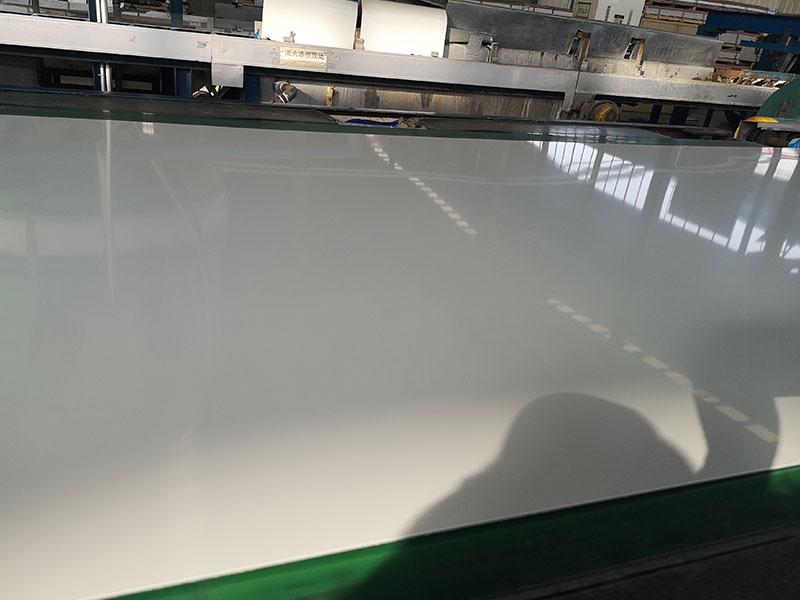Aluminium sheet with moisture barrier for aircraft use
In the ever-evolving aviation industry, aluminum sheets with moisture barriers play a crucial role in ensuring that aircraft meet stringent safety and performance requirements. These specialized sheets contribute significantly to the structural integrity of aircraft while also providing additional advantageous properties that elevate passenger and crew safety standards.
The Role of Aluminum Sheets in Aviation
Aluminum has been at the forefront of aerospace manufacturing for decades. Renowned for its excellent strength-to-weight ratio, corrosion resistance, and formability, aluminum enjoys unparalleled popularity in components ranging from fuselage frames to wing structures. Plus, when enhanced with a moisture barrier, aluminum sheets bring forth unique traits essential for aircraft functioning.
Moisture Barriers
Protection against environmental factors is intrinsic to aircraft safety. Moisture barriers, often made of polymer materials or metallic coatings applied to aluminum sheeting, serve to hinder moisture ingress into critical components. In aviation, where every gram matters, even the smallest amounts of corrosion resulting from water can lead to failure points. This necessitates the use of moisture barriers not just as an accessory but as an essential layer in the construction of aircraft structures.
Technical Details of Aluminum Sheets with Moisture Barriers
-
Material Composition: The industry's preferred grades for aluminum sheets are typically<1000 series o>2000 series Aluminum alloys known for their high strength and toughness that resist sudden deformation. These provide distinct mechanical properties with increased longevity.
-
Thickness and Formability: Manufacturers can produce aluminum sheets in various thicknesses, typically ranging from 0.5mm to 6.0mm or more, ensuring they can be generated in versatile forms that fit precision cravings. Due to their excellent formability characteristics, they are ideal for complex components intricately shaping sections of cockpits, fuel tanks, AWDs (Aircraft Weight Distributions) etc.
-
Moisture Barrier Types: The moisture barriers themselves often rely on specific impervious membranes that are tested rigorously for extreme conditions. Options like epoxy bonds, specialized paints, and synthetic coatings offer varying levels of protection against moisture permeation, retaining their efficacy during extreme operational performance.
-
Load-Bearing Capacity: The integration of moisture barriers can even augment load-bearing capacities by managing structural dynamics effectively. Properly coordinated stresses can lead to redistribution in design, leading to broader weight loading when both atmospheric and handling challenges arise.
Applications - Where Potential Meets Performance
1. Aircraft Fuselage & Wing Structures:
Aluminum sheets fortified with moisture barriers are widely utilized in the production of fuselage sections and wing configurations. By counteracting bottom-up moisture perspiration introduced during turbulent atmospheric conditions at high altitudes, moisture barriers fight accelerated oxidation particularly at crux fold lines.
2. Fuel Tanks & Storage Components:
Moisture intrusion in fuel tanks leads to water contact with highly flammable fuels, potentially causing corrosion effects known as ‘Fuel System Icing.’ The incorporation of moisture-rich layers in aluminum tanks hinders this dual-phase interaction, the fields of aviation safety can actively aspire to achieve the highest performance.
3. Internal Cabin Frames:
Passenger comfort levels are dictated by possible environmental moisture. The usage of moisture-barrier coverings rests within inner shell structures enhances moisture control and regulates temperature, permitting efficient pressurization strategies while maintaining absolute dryness.
https://www.aluminumplate.net/a/aluminium-sheet-with-moisture-barrier-for-aircraft-use.html







